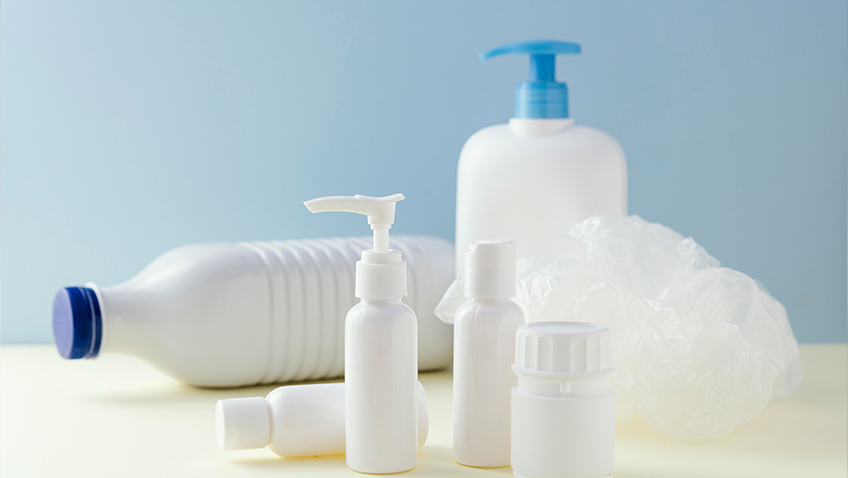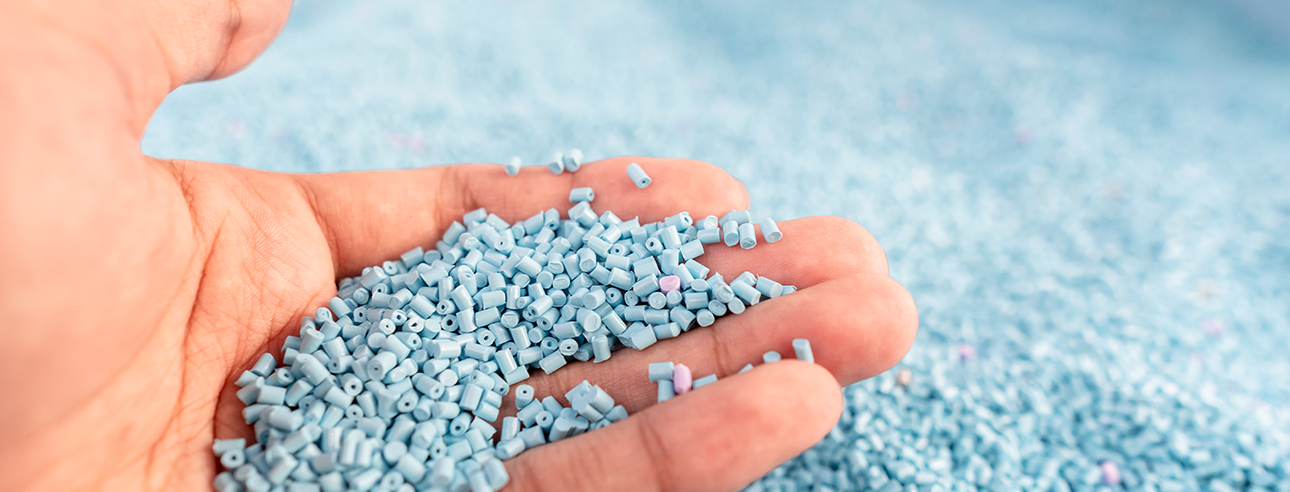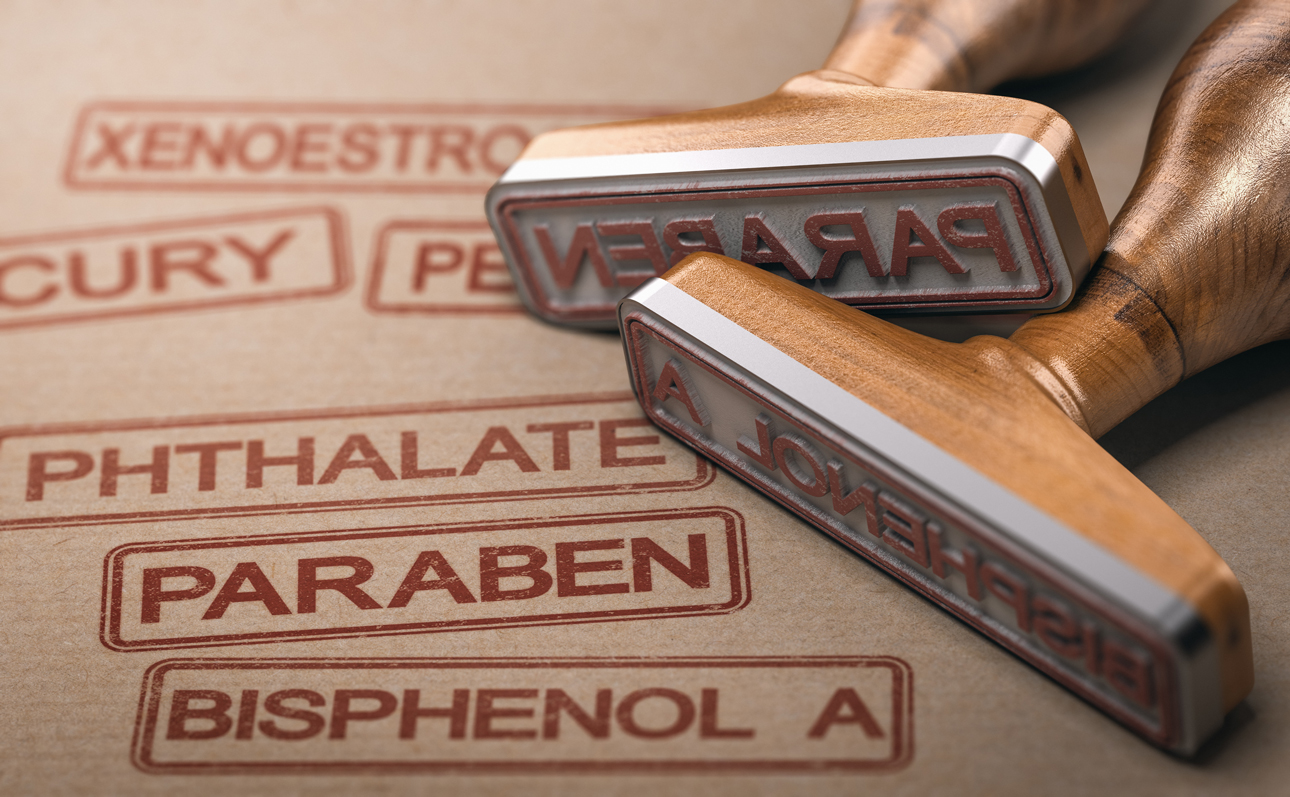
How many chemicals are needed to make plastic packaging
It's no secret that plastic packaging is everywhere. You can find it on grocery store shelves, in the kitchen, and even on the street.
But you may not know how many different chemicals are used to make plastic packaging.
In this blog post, we'll take a closer look at the production of plastic packaging and identify some of the hazardous materials used.
Stay tuned for more!
What is plastic packaging?
Plastic packaging is a type of packaging made of plastic. It is used to store and protect products from damage and contamination.
Plastic packaging is usually chosen because it is lightweight, durable and moisture resistant. It can also be clear or colored to showcase the products inside. Some types of plastic packaging can be recycled, while others cannot.
How is plastic packaging made?
Plastic packaging is made of polymers, which are long-chain molecules. Here is the process:
step #1
Polymers are long-chain molecules, and plastic packaging is made from these polymers. The first step in the process is to create polymer chains. This is done in a factory where the raw materials are mixed and heated until liquefied. Once the polymers are liquid, they can be formed into the desired shape.
Step #2
After the polymer chains are formed, they need to be cooled and hardened. This is done by passing them through a series of rollers. The rollers apply pressure to the molten plastic, causing it to harden and take on the desired shape.
Step #3
The last step is to add the finishing touches, such as printing or labels. This is usually done by machine, although some packaging may be done by hand. Once packaged, it can be used to store and transport the product.
This is how plastic is made into packaging. This is a very simple process. Now let's see what chemicals are used in the process.
What chemicals are used in plastic packaging?
There are a variety of chemicals that can be used in plastic packaging, but some of the most common include:
Bisphenol A (BPA): A chemical used to make plastics harder and more resistant to shattering. BPA has been shown to have hormone-like effects in animals, and there is some evidence that it may also cause health problems in humans.
Phthalates: A group of chemicals used to make plastics softer and more elastic. Phthalates have been linked to a variety of health problems, including reproductive abnormalities and infertility.
Perfluorinated Compounds (PFCs): Chemicals used to make water and oil repellants for plastics. PFC is associated with cancer, liver damage and reproductive problems.
Plasticizers: Chemicals added to plastics to make them softer and more elastic. Plasticizers can leach out of packaging and into food or beverages.
So, these are some of the most commonly used chemicals in plastic packaging. As you can see, many of them can be harmful to human health. This is why it is imperative to understand the dangers of plastic packaging and take steps to avoid it.
The benefits of using plastic packaging
There are some benefits to using plastic packaging. Plastic packaging is usually chosen because it is:
Lightweight: Plastic packaging is lighter than other types of packaging such as glass or metal. This makes shipping cheaper and easier to handle.
Durable: The plastic packaging is sturdy and not easily damaged. This helps protect the product inside from breakage and contamination.
Moisture-proof: Plastic packaging is moisture-proof and helps keep the contents dry and fresh.
Recyclable: Certain types of plastic packaging can be recycled, which helps reduce waste.
So these are some of the benefits of using plastic packaging. However, weighing these benefits against potential risks to human health is essential.
Risks of using plastic packaging
As we have seen, there are multiple risks associated with using plastic packaging. These include:
Hazardous Chemicals: Many chemicals used in plastic packaging are hazardous to human health. This includes BPA, phthalates and PFCs.
Leaching: Plasticizers can leach from packaging and enter the food or beverage. This increases the amount of harmful chemicals you are exposed to.
Contamination: Plastic packaging can contaminate contents, especially if not properly cleaned or sanitized.
So these are some of the risks of using plastic packaging. These risks must be considered before deciding whether to use plastic packaging.
Conclusion
While exact numbers are hard to pin down, we can estimate that around 10-20 chemicals are required to make a typical plastic packaging.
This means many potential contact points for harmful toxins and pollutants.
Contact us if you are looking for a more sustainable and environmentally friendly option.
Post time: Sep-13-2022


